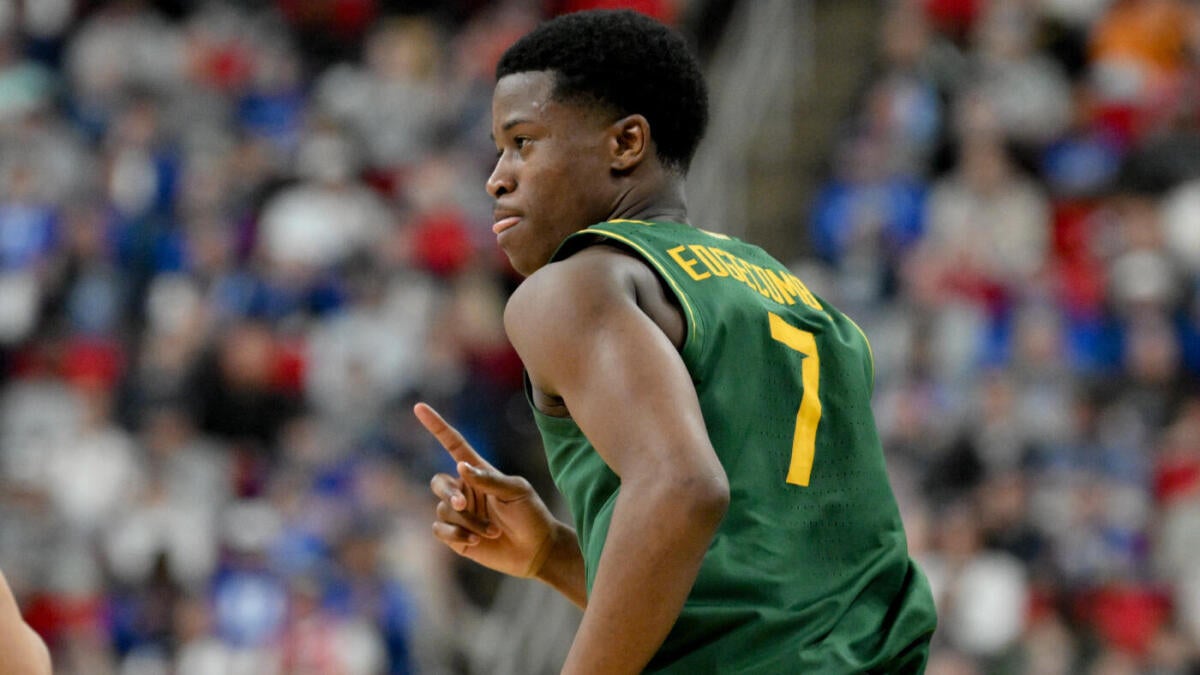The 2025 NBA Draft and trade market marked a pivotal moment for teams across the league, blending strategic foresight with immediate roster needs. The draft not only introduced a wave of promising talent but also underscored the evolving dynamics of team-building in the modern NBA. From the Brooklyn Nets’ patient approach to the Philadelphia 76ers’ decisive selection of VJ Edgecombe, each franchise’s moves reflected a calculated balance between short-term gains and long-term vision.
Brooklyn’s strategy stood out as a masterclass in long-term planning. By prioritizing future draft picks over immediate star power, the Nets positioned themselves as a team with flexibility and depth. Their ability to accumulate assets through trades demonstrated a commitment to rebuilding, a philosophy that could pay dividends in the coming years. While the 2025 draft picks themselves hold promise, the real value lies in the options these selections provide. Whether used to draft emerging talent or as currency in future trades, these picks offer Brooklyn a pathway to sustained competitiveness.
The Philadelphia 76ers, on the other hand, showcased a blend of decisiveness and adaptability. Their selection of VJ Edgecombe, a versatile shooting guard with elite athleticism and defensive potential, highlighted their focus on balanced contributions. Edgecombe’s blend of offensive skill and defensive prowess makes him an ideal fit for the Sixers, who are seeking to bolster their wing depth. The team’s willingness to consider trading the No. 3 pick also underscored their strategic flexibility, a trait that could prove invaluable in the ever-changing landscape of the NBA.
Dallas Mavericks’ selection of Cooper Flagg as the No. 1 overall pick was a testament to the transformative power of the draft lottery. Flagg, a Duke phenom with a stellar freshman season, is projected to be NBA-ready immediately. His defensive tenacity and multifaceted scoring ability make him a franchise cornerstone, capable of complementing Dallas’ roster needs. The Mavericks’ decision to secure such a high-upside talent illustrates the importance of the draft in shaping a team’s competitive trajectory.
The Oklahoma City Thunder’s addition of Thomas Sorber reflected a balanced approach to roster building. Sorber’s path to the draft, marked by resilience and overcoming injury concerns, showcased his potential. While his immediate impact remains uncertain, the Thunder’s selection highlights their commitment to talent cultivation and cautious risk management. This approach aligns with their trend of shrewd talent acquisition, ensuring a steady stream of promising players.
The Utah Jazz faced critical aging and performance questions, turning to prospects like Tre Johnson, Ace Bailey, and VJ Edgecombe. Their draft strategy seemed to emphasize long-term roster balance, targeting versatility and growth. The Jazz’s choice to focus on complementary skills to their existing core, particularly in shooting and playmaking, underscores their commitment to building a well-rounded team. This approach could prove crucial in addressing their offensive development needs and ensuring sustained competitiveness.
Beyond the lottery picks, the second round and later selections held meaningful potential. Players like Brooklyn’s Penda, with projections highlighting his defensive agility and scoring upside, demonstrated the value of thorough scouting and development. The depth of the 2025 draft class is expected to provide hidden gems, reinforcing the merit in investing in tailored developmental programs. Teams that prioritize dynamic athleticism and positional versatility are likely to reap the benefits of these later picks.
Advanced analytics played a significant role in the 2025 draft, enhancing the identification of player fit and potential longevity. Data-driven insights predicted VJ Edgecombe to average approximately 18.6 points per game, placing him among the upper echelon of the class offensively. Similarly, Cooper Flagg’s top pick status was validated by combined defensive and offensive efficiencies. However, while modeling offers guidance, variables like health, adaptation, and team system integration remain crucial unknowns. NBA front offices increasingly mesh traditional scouting with data analytics, optimizing draft-day decisions.
In conclusion, the 2025 NBA Draft and trade market showcased the intricate balancing act teams must perform—judging immediate needs, future potential, and trade flexibility. Brooklyn’s patient accumulation of picks, Philadelphia’s targeted choice with Edgecombe, Dallas’ securing of a generational talent in Flagg, and other rookie acquisitions illustrate diverse approaches to team-building. Success will hinge not only on selecting the right players but also on integrating them effectively within team strategies and managing their development. This draft class, anchored by prospects with impressive two-way potential and athleticism, promises to shape the NBA landscape for years to come, sparking excitement among fans and analysts alike. The 2025 draft class is poised to leave a lasting impact, reflecting the evolving strategies and priorities of NBA franchises.

